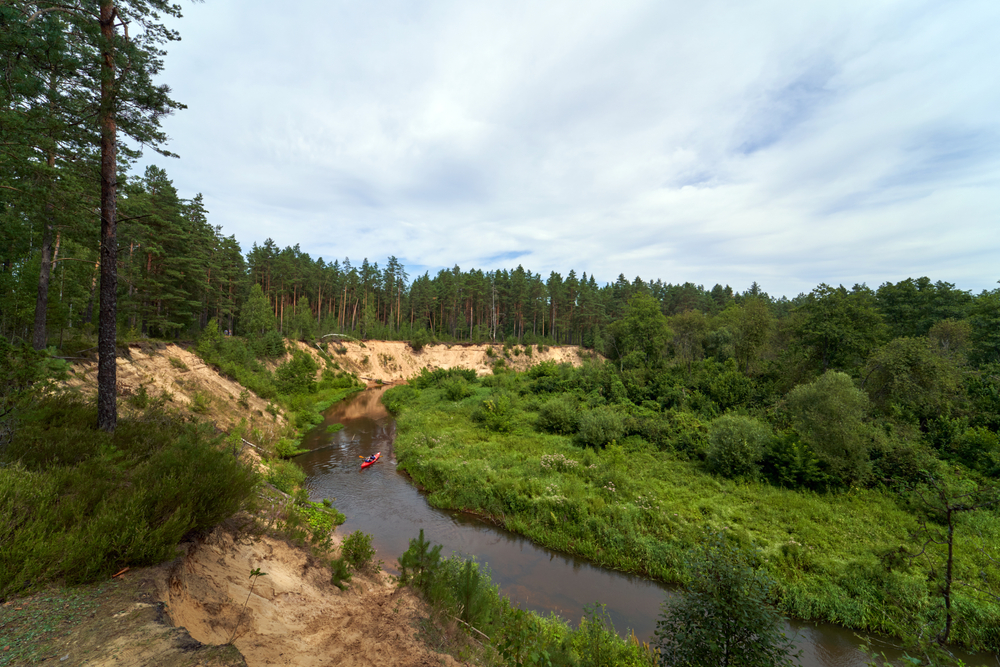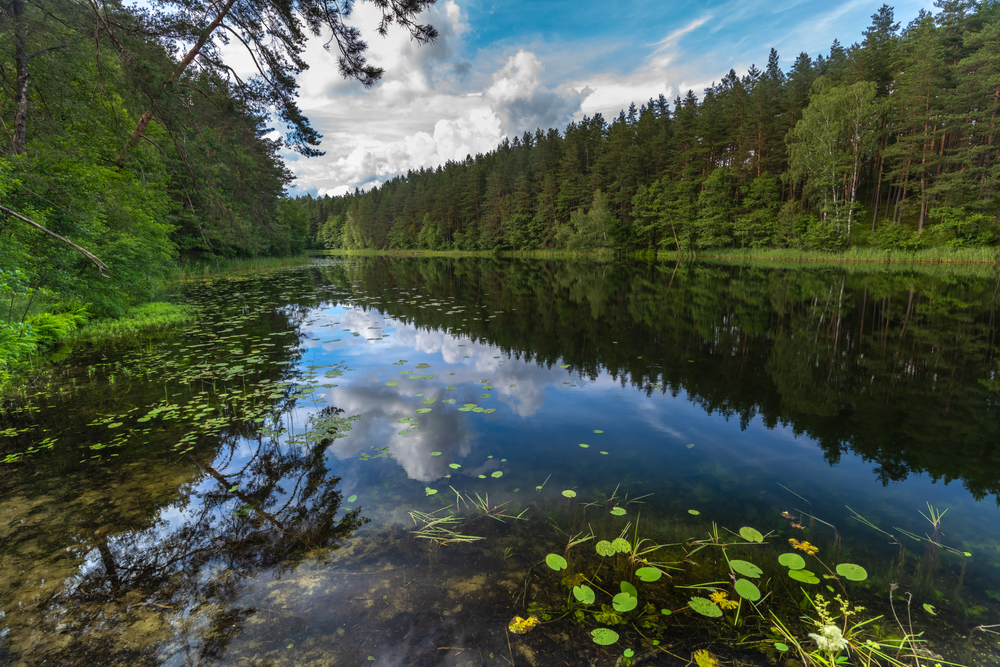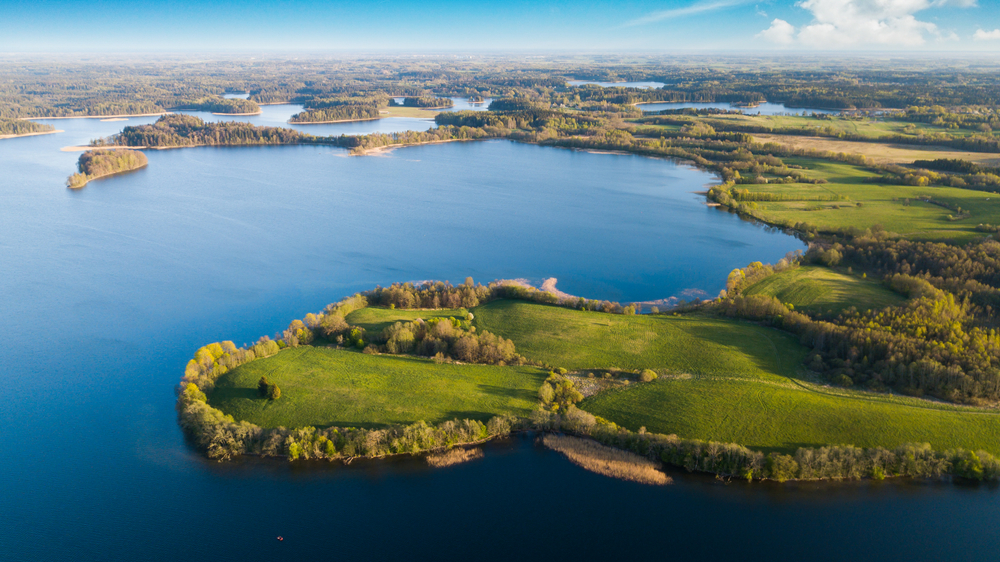Dzukija Overview
Dzukija National Park, or Dzūkijos nacionalinis parkas in Lithuanian, is a remarkable expanse of preserved natural beauty located in the southeastern part of Lithuania. Covering an area of 211.2 square miles (546.1 square kilometers), it is the largest national park in the country.
The park lies in the historical Dzūkija region, a land deeply rooted in Lithuanian traditions, bordered by the Nemunas River to the west and the Belarusian border to the east. Its geography is characterized by lowland forests, rivers, and wetlands that create a tranquil yet ecologically rich environment.
The terrain of Dzukija National Park is a picturesque mosaic of pine forests, rivers, lakes, and meadows, interspersed with sandy plains and patches of marshland. These pine-dominated woodlands make up around 90% of the park’s area, with ancient forests such as the Ūla and Merkys Valleys being among its most pristine.
The park’s river systems are equally enchanting, with the Merkys, Ūla, and Skroblus Rivers meandering through the landscapes, their banks dotted with small, traditional wooden villages. Notable natural features include the Ūla River’s striking sandstone cliffs and the Čepkeliai Marsh, one of the largest and most biologically diverse wetlands in Lithuania, home to rare peat bogs and flora.
Wildlife in the park thrives due to its varied habitats. Among the mammals, visitors might encounter European roe deer, red foxes, wild boars, and elusive European otters. Birdwatchers will be thrilled by the abundance of avian species, including the black stork, white-backed woodpecker, and common crane.
The Čepkeliai Marsh, in particular, serves as a sanctuary for many rare birds, amphibians, and insects. This biodiverse haven also supports rare plant species like orchids and sundews, which are a delight for nature enthusiasts.
Dzukija National Park is a magnet for visitors seeking to experience its unspoiled nature and cultural heritage. The traditional villages within the park, such as Zervynos and Marcinkonys, are cultural treasures, showcasing Lithuania’s wooden architecture and offering glimpses into the region’s age-old customs.
Visitors can explore the park through an extensive network of marked hiking trails, cycling routes, and canoeing paths along the Ūla and Merkys Rivers. In winter, cross-country skiing becomes a popular activity. Mushroom picking, a cherished Lithuanian tradition, is another unique way to engage with the park’s landscapes, especially in autumn.
The park’s management has successfully implemented several conservation efforts, such as preserving the ancient pine forests and protecting sensitive wetlands like Čepkeliai Marsh. Challenges persist, including the impacts of climate change and human activity on its delicate ecosystems. Nevertheless, the commitment to sustainable tourism and environmental education has positioned Dzukija National Park as a model for balancing preservation with visitor enjoyment.














































































